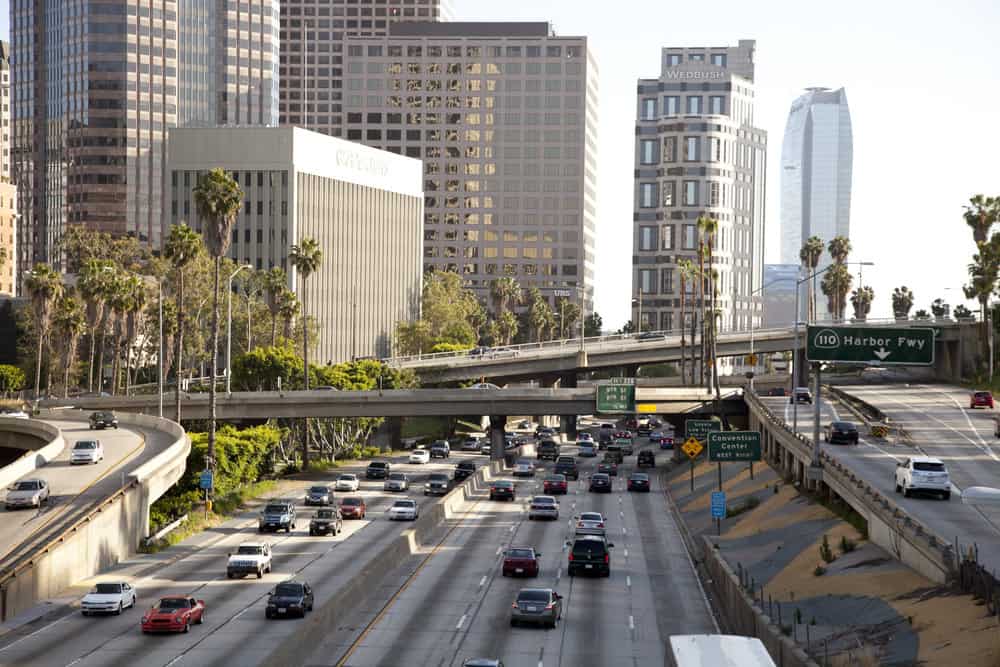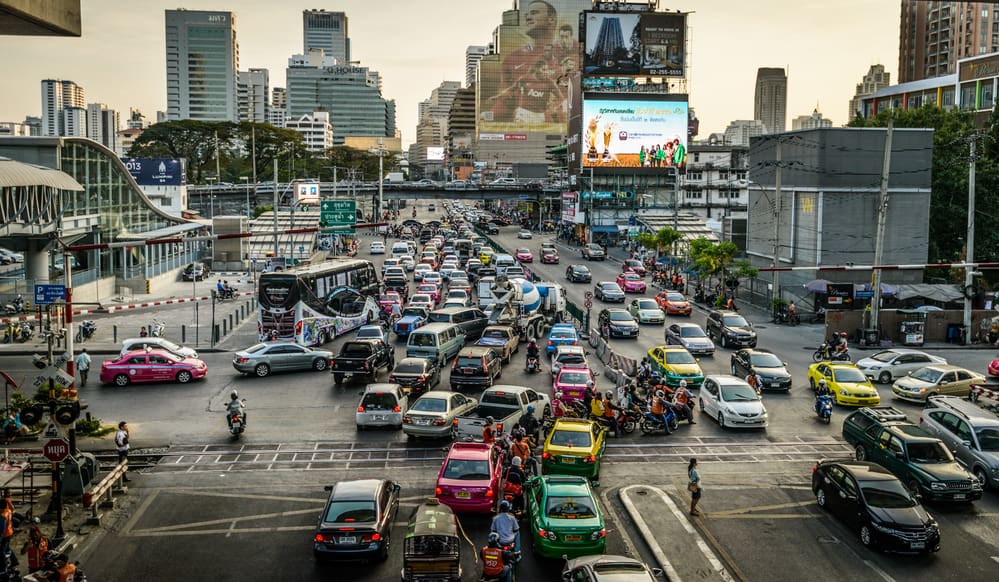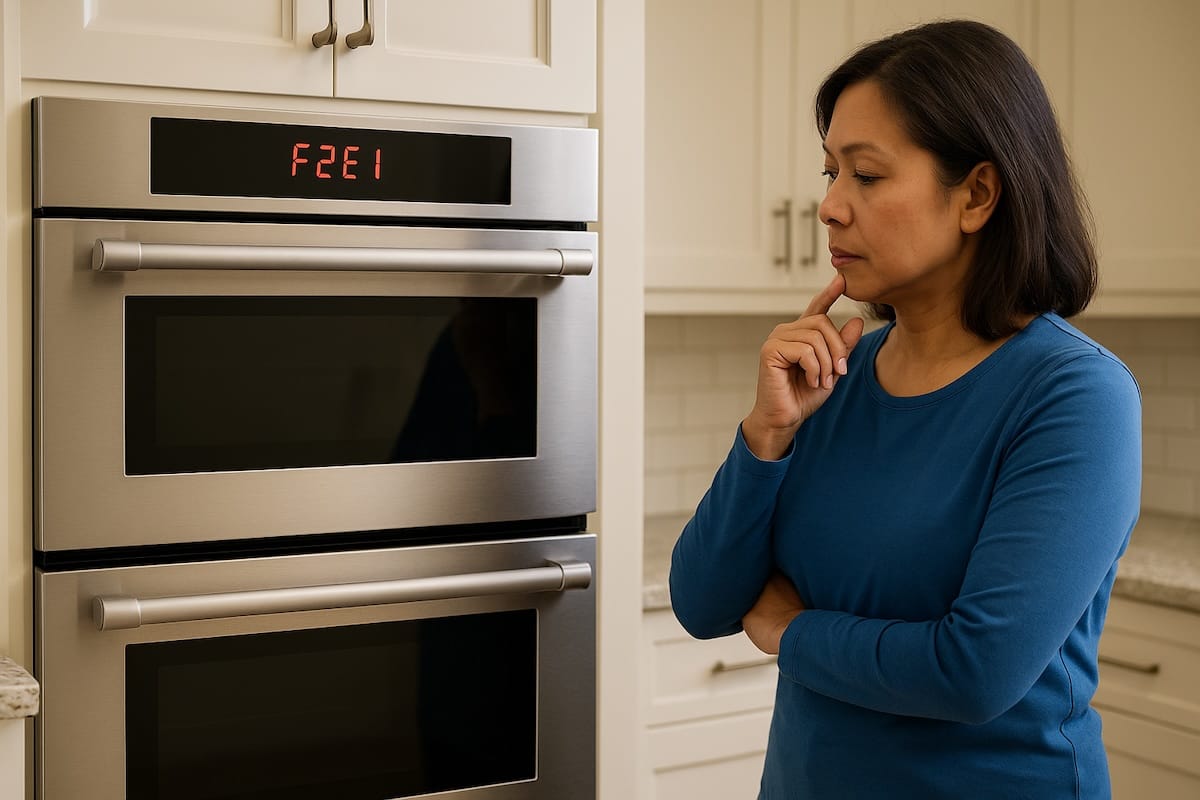Nobody likes gridlock. Lines of cars blocking an intersection because they have nowhere to go on the other side cause plenty of frustration for other drivers and worsen the traffic problem.
The California State Legislature dislikes gridlock so much that in 1987, it passed the Anti-Gridlock Act seeking to ban this practice. Since then, driver’s education courses have instilled the importance of avoiding gridlock in students.
However, what does the California anti-gridlock law ban, and what are the penalties for drivers caught breaking it, even unwittingly? Here is everything you need to know about the state’s anti-gridlock law.
Anti-Gridlock Law Restrictions
According to Section 22526(a) of the California Vehicle Code (CVC),
“Notwithstanding any official traffic control signal indication to proceed, a driver of a vehicle shall not enter an intersection or marked crosswalk unless there is sufficient space on the other side of the intersection or marked crosswalk to accommodate the vehicle driven without obstructing the through passage of vehicles from either side.”
In plain English, this means that you cannot enter an intersection unless you are sure that you can clear it without blocking pedestrians or any other vehicles from going on their way. Even if the light is green, you cannot move if the cars on the other side of the intersection are so backed up that there will be no space for your vehicle without blocking the intersection.
The purpose of this law is to prevent traffic jams from worsening. When a vehicle crosses an intersection but doesn’t have enough space on the other side to proceed, it blocks cars going in the other direction from moving even when the light turns green. This is considered bad manners among drivers, but has been illegal in California for decades.
Turning Vehicles and Gridlock Rules
The anti-gridlock law also applies to drivers making turns at an intersection. Even if you have a blinking yellow light that allows you to make a turn, you still have the responsibility to check that there is space for you to proceed on the cross street before turning.
When turning left, you must also be mindful of other vehicles that obey the anti-gridlock law. If you are turning and oncoming traffic is stopped, check that they are stopped because of the stoplight and not because they follow the anti-gridlock law. A common cause of accidents in California is people turning while mistakenly believing that they are in the right, and then the vehicles in the opposite direction going straight because space has cleared out for them.
Where Anti-Gridlock Laws Apply
The California anti-gridlock law applies to all roads and marked pedestrian crosswalks. Even if you do not see a posted sign reminding you to obey the anti-gridlock law, you are still expected to obey it as it is a statewide law that has been on the books for decades. Even if an intersection is so small that it does not have a traffic light or a stop sign, you must maintain your spatial awareness.
The anti-gridlock law also applies to railroad crossings. You may not cross a railway track unless there is enough space on the other side for your vehicle to travel, leaving enough room for any railroad vehicle to pass behind you.
This application of the law is essential not just for preventing traffic but for vehicular safety. An oncoming train may not have enough space to brake if a car blocks the tracks. Getting stuck on the tracks when the railway crossing gates come down could be lethal. That is why the fees for blocking a railway crossing are higher than the penalties for violating the law on a regular street.
However, you do not have to follow the anti-gridlock law on private driveways.
Anti-Gridlock Law Enforcement
The anti-gridlock law applies to all intersections in California, regardless of their size or any posted sign reminding drivers of the law.
Even if you do not see traffic police present at an intersection, that does not mean you are safe from a gridlock ticket. Many cities have installed traffic cameras at busy intersections, and you could have a nasty surprise sent to your home.
Taking into account various court fees and penalty assessments, the total cost of violating the anti-gridlock act usually ends up being in the range of $200–$250. The fees and penalties can also vary depending on the county where you were cited. And if there is an anti-gridlock sign posted at the intersection, then the consequences can be greater because the driver is considered to have failed to obey a traffic sign, another infraction. The fee will be higher, and you may be assigned additional points on your driving record.
If you believe you were unjustly given a ticket, you can contest the citation in court or with a written declaration. If you are facing significant consequences (like concerns about points), getting the help of a traffic ticket lawyer may lessen the charge.
California Anti-Gridlock Act
When crossing a busy intersection in California, you must be careful. If you do not have enough space to clear the side street or crosswalk, not only will you earn the ire of other drivers, but you will also be violating a state anti-gridlock law. Even if there is no posted sign reminding you of the ban, traffic signal, or traffic cop to write a citation, you could still get a ticket sent to your home.
Anti-Gridlock Compliance Tips
To ensure compliance with the California Anti-Gridlock Act, consider these tips:
- Patience is Key: Resist the temptation to forge ahead when traffic is heavy. If you’re uncertain whether there’s sufficient space across the intersection, it’s wiser to wait.
- Stay Observant: Always be mindful of the traffic flow in all directions. Familiarize yourself with the patterns of the intersections you frequently cross.
- Consider Pedestrians: Remember, the law applies to marked crosswalks as well. Be courteous to pedestrians and make sure not to block their pathway.
- Respect All Traffic Lights: The color of the light does not override the Anti-Gridlock law. Even with a green light, do not advance until there’s enough space on the other side of the intersection.
- Turning Caution: When turning, ensure ample space on the cross street before proceeding. This law applies whether you’re turning left or right.
These strategies promote road safety and help California maintain a smoother flow of traffic, reducing the chances of gridlock. By observing these tips, you can be a part of the solution to the state’s traffic woes.

Frequently Asked Questions
What is the California Anti-gridlock Law?
The California Anti-gridlock Law is a statewide regulation that prohibits drivers from entering intersections, marked crosswalks, or railroad crossings unless there is sufficient space on the other side for the vehicle to proceed without obstructing traffic.
How much is the fine for violating the Anti-Gridlock Law?
Taking into account various court fees and penalty assessments, the total cost of anti-gridlock citation usually ends up being in the range of $200–$250. The fees and penalties can also vary depending on the county you receive the citation in. If an anti-gridlock sign is posted at the intersection, the fee can also increase due to the additional infraction of failing to obey a traffic sign.
Also, don’t forget that a violation of CVC 22526 is typically assigned one point on your driving record, which can lead to higher insurance premiums.
Does the Anti-Gridlock Law apply to vehicles making turns at intersections?
Yes, the law also applies to vehicles making turns at intersections. Drivers must ensure that there is space for them to proceed on the cross street before making a turn.
Can I contest a ticket issued for violating the Anti-Gridlock Law?
Yes, you can contest the citation in court or with a written declaration. If you are concerned about your driving record, hiring a traffic ticket lawyer can help lessen the charge.
Are there any exceptions to the Anti-Gridlock Law?
Yes, the law does not apply to private driveways. However, the law is strictly enforced on all public roads and marked pedestrian crosswalks.



